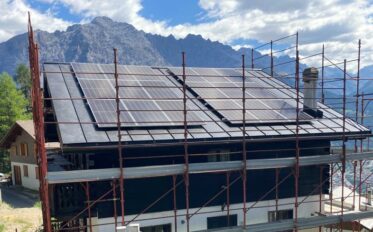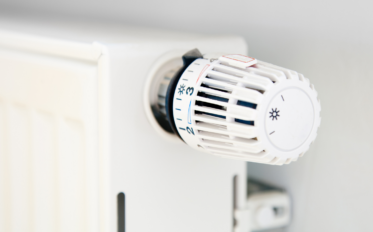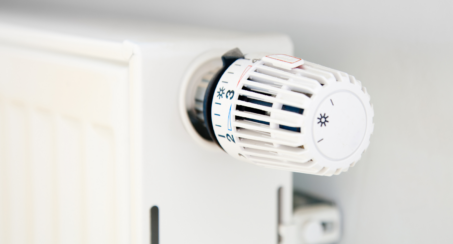In March 2020, the EU published its Circular Economy Action Plan. We are glad to see the EU commit to making sustainable products the norm by eco-designing all products entering the Single Market. This should not be a mere promise, however, but a commitment the EU should be held accountable to.
But what are sustainable products? Not those that are slightly better than what is on offer today, but products which are compatible with the limits of our planet, allowing us to lower our overall consumption footprint. In that sense, sustainability should be reflected by a number of criteria:
-
Ability to deliver the service they are designed for in an energy and resource efficient way;
-
Circularity, with a special focus on durability, repairability, recyclability and potential for waste prevention;
-
Low environmental footprint, looking at carbon, material, water and land footprint, sustainability of sourcing and manufacturing;
-
Transparency on materials and chemicals products contain, and
-
Social aspects, for example supporting due diligence and human rights in globalised supply chains.
This information on the way we produce must be built on clear methodologies which need to be further improved, not only to ensure measurability, enforceability and comparability among products, but also to address trade-offs with sustainability as the ultimate goal.
Making sustainable products the norm will unleash the potential of new business and consumption models which are outcompeted today by products or services whose price does not reflect their environmental and social impacts (negative externalities). Sustainable products are the first step towards supply chains based on value retention, for example different forms of material ownership (access rather than ownership), sharing of assets (collective ownership) or other models which lead to an absolute reduction in resource use and their environmental impacts.
It is critical that these new economic offers are also levers of transition to a truly sustainable economy, where wellbeing indicators will be the basis of policy design rather than just complementing GDP approaches, as well as helping to reduce inequalities rather than pursuing growth at any price.
If the ecodesign framework is to become the legal vehicle to ensure products placed on the EU Single Market are sustainable, it needs a fundamental reform. Not only in terms of scope extension beyond energy-related products and broader stakeholder engagement, but also in terms of accelerated decision processes, improved methods to set requirements, a clear work plan, and resources dedicated to its implementation both at EU and national levels, including for market surveillance.
Priority product categories should be defined reflecting those outlined in the Circular Economy Action Plan. We do not recommend a one-size-fits-all or package approach to developing measures, and suggest several product groups or sectors can be addressed in parallel. Horizontal provisions relevant for many or all product categories (e.g. on information requirements or toxicity restrictions) will need to be combined with product specific requirements.
At the same time, as the reform is conducted, the ongoing implementation of ecodesign and energy labelling policy on energy-related products should not be derailed. Importantly, resources dedicated to the reform should be secured on top of the already existing ones. The political, technical and institutional questions that the reform will raise should not become an excuse for slowing down the existing and forthcoming workplan, which delivered half of the EU’s 2020 energy efficiency target, a third of the EU’s climate target, and which has a tremendous potential to contribute to our 2030 objectives.
As part of this continuous implementation, CEAP’s promise to “increase the effectiveness of the current ecodesign framework for energy-related products” should be taken seriously. At the core of this increased effectiveness lie appropriate requirements aligned with our climate emergency and carbon neutrality commitment.
Today, too often do we delay effective requirements reflecting the most economical option for consumers. This needs to change, in order to target the requirements bringing about the greatest benefits for consumers and the society. This can be done by reflecting in the minimum design performance thresholds the societal costs of energy products, beyond their energy consumption costs, such as health costs linked to air pollution and toxicity, as well as the security of supply of precious natural resources.
The power of ecodesign is unquestionable. It is now up to us to make sure we use it to its full potential. The time is now, and the Circular Economy Action Plan gives us a great opportunity, which we most definitely should not waste.







